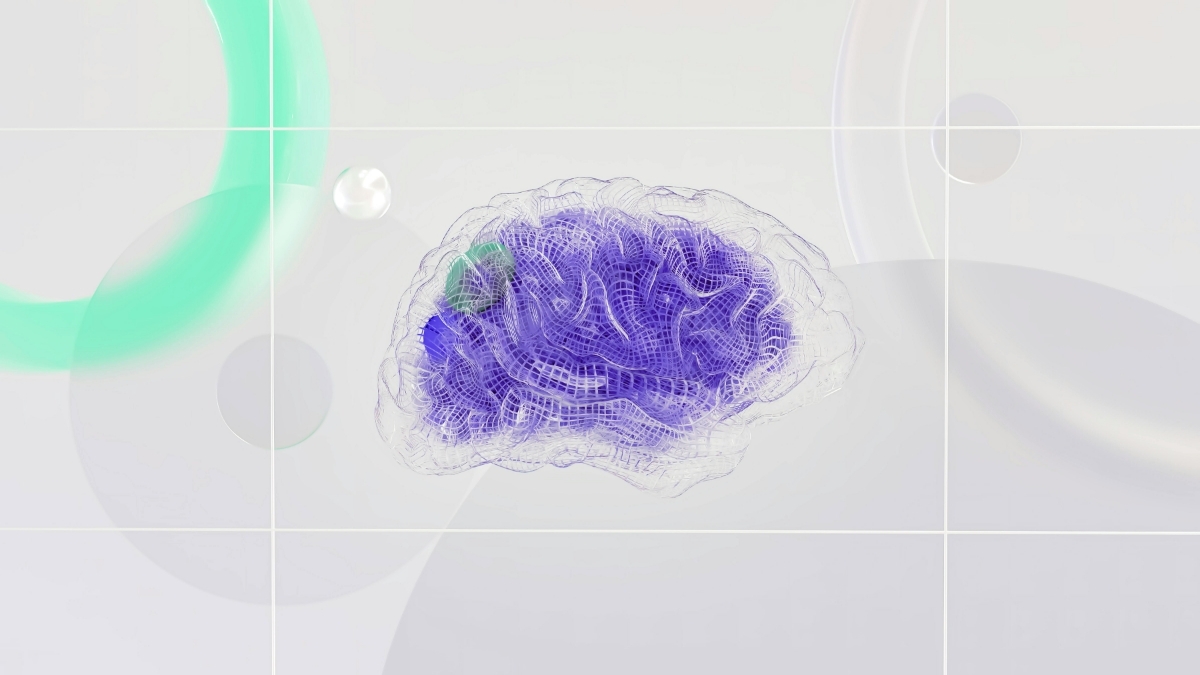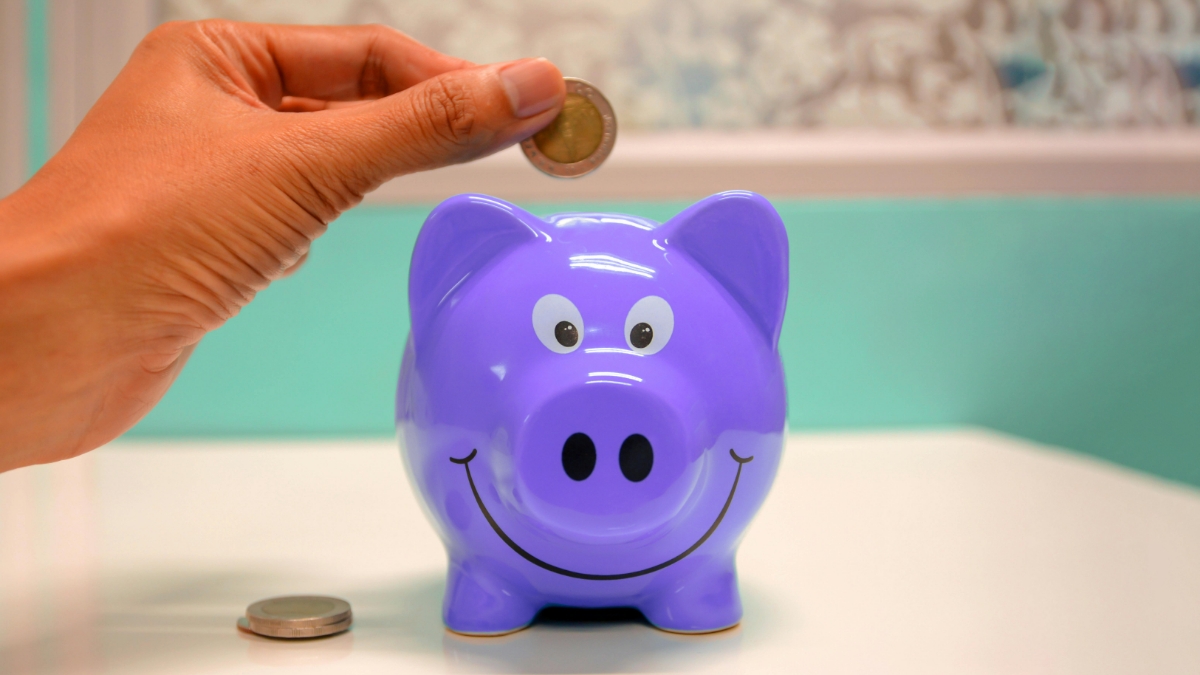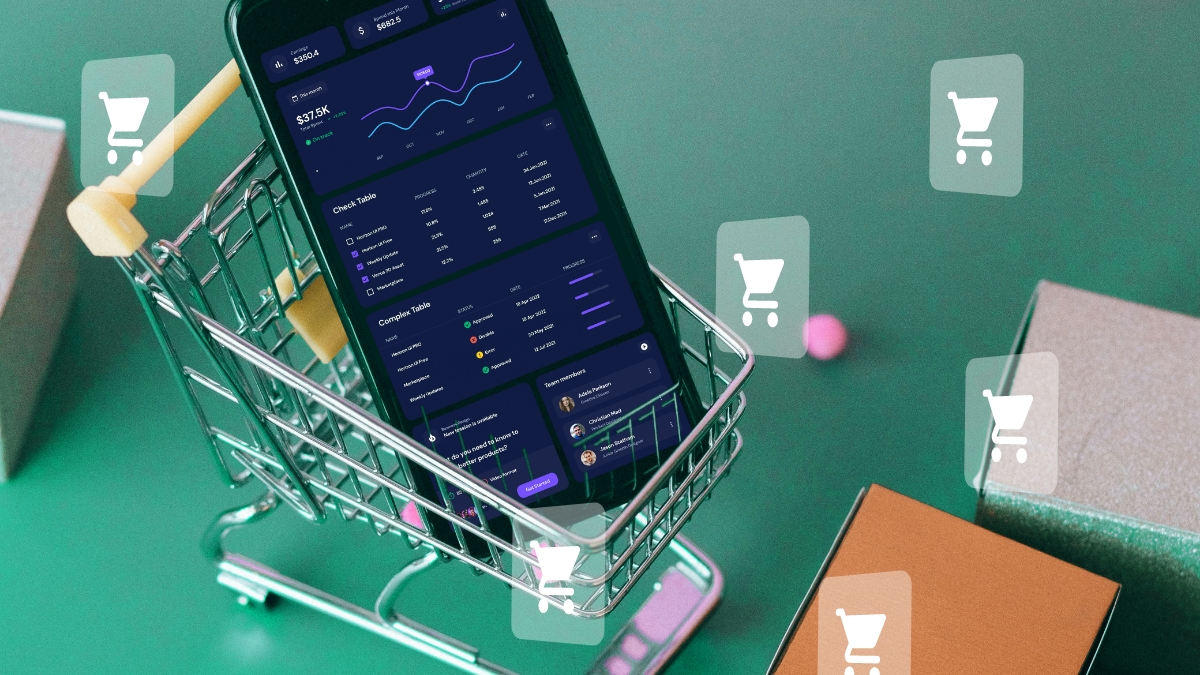Understanding basic human psychology is important for creating user experiences that captivate and retain audiences. Let’s explore eight psychological strategies that you can leverage right now to create a website that your users will love.
1. The Principle of Least Effort
We’ve all heard the phrase “The path of least resistance” which equates to humans opting for the easiest path to get them from A to B. This principle influences how websites should be structured and content presented, focussing on minimising unnecessary steps or cognitive load for users. By understanding and applying this principle, your users will find your website more user-friendly and inherently satisfying and effective in achieving their intended goals.
2. Leveraging Familiarity and Perpetual Habit
Users gravitate towards familiar interfaces and interactions. This tendency explains why people often stick with products or brands they know. Your website can capitalise on this by incorporating familiar design patterns and placing important elements, like navigation menus or call-to-action buttons, in locations where users expect to find them.
3. The Power of Emotional Contagion
Have you ever noticed how a friendly smile can instantly lift your mood? This phenomenon is where we (human-beings) subconsciously take over the emotions and behaviours of other people which plays a significant role in UX design. By incorporating positive emotional cues into interfaces, you can evoke similar feelings in users. For instance, a friendly chatbot with a cheerful demeanour can make the entire interaction feel more pleasant.
4. The Aesthetic-Usability Effect
First impressions matter, users often equate visual appeal with functionality, a concept known as the aesthetic-usability effect. While a beautiful interface can create a positive initial reaction, it’s crucial to balance aesthetics with usability. The most successful designs seamlessly blend attractive visuals with intuitive functionality, ensuring users not only admire the interface but can also navigate it effortlessly.
5. Personalisation and the Cocktail Party Effect
In a crowded room, hearing your name can instantly grab your attention. This phenomenon, called the cocktail party effect, translates well to digital experiences. Personalising content, such as using a user’s name in notifications or tailoring recommendations based on their preferences, can significantly increase engagement and create a more memorable experience.
6. The Serial Position Effect in Information Hierarchy
When presenting a series of items, users tend to remember the first and last elements more clearly than those in the middle – a bit like middle child syndrome – (hands up any middle children reading this). But, using this hierarchy method guides designers in prioritising information on your webpages, placing the most critical elements at the beginning and end of a sequence, ensuring your business leaves a lasting impression with your users.
7. Hick’s Law and Decision Paralysis
While choice is generally positive, too many options can overwhelm users and lead to decision paralysis. This concept, described by Hick’s Law, suggests that the time required to make a decision increases with the number, and complexity of choices. To combat this, your website should avoid distractions, categorise options, and help guide users through the decision-making process with clear, concise information.
8. The Illusion of Control
Humans have an innate desire for control over their environment. In UX design, providing users with clear options and the ability to undo actions can create a sense of empowerment. For instance, allowing users to navigate through a form using either ‘Next’ and ‘Previous’ buttons or by clicking on specific steps in a progress bar can make them feel more in command and, consequently, improve their satisfaction with the experience.
By incorporating these eight simple strategies into your website, you can elevate your UX design from functional to exceptional.
How Intuitive is your User Experience?
By partnering with Greenhat, you ensure that your website will not only meet but exceed user expectations, driving your business success. Let us help you create a user experience that leaves a lasting impression.







